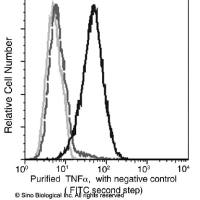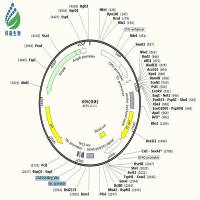Carrageenan-Induced Paw Edema in the Rat and Mouse
互联网
1044
Carrageenin, from the Irish word “carraigin” meaning Irish moss, refers not only to a species of red alga
Chondrus crispus
found along rocky areas of the Atlantic coast of the British Isles, Europe, and North America, but also refers to its mucopolysaccharide extract, discovered by the British pharmacist Stanford in 1862. The name was later changed to carrageenan so as to comply with the “−an” suffix for polysaccharides. Structurally, the carrageenans are a complex group of polysaccharides made up of repeating galactose-related monomers and are of three main types; lambda, kappa, and iota (
see
Chapter 33 , Note 1 ). Each has their own gel characteristics which are all thermally reversible. The lambda form does not gel strongly at room temperature and is injectable to induce an inflammatory response. Inflammation induced by carrageenan, originally described by Winter (
1
), is acute, nonimmune, well-researched, and highly reproducible. Cardinal signs of inflammation—edema, hyperalgesia, and erythema—develop immediately following subcutaneous injection, resulting from action of proinflammatory agents—bradykinin, histamine, tachykinins, complement and reactive oxygen, and nitrogen species. Such agents can be generated
in situ
at the site of insult or by infiltrating cells. Neutrophils readily migrate to sites of inflammation and can generate proinflammatory reactive oxygen and other species. The inflammatory response is usually quantified by increase in paw size (edema) which is maximal around 5 h postcarrageenan injection (
see
Fig. 1 ) and is modulated by inhibitors of specific molecules within the inflammatory cascade.
Fig. 1.
Inflammatory response post-carrageenan injection.









